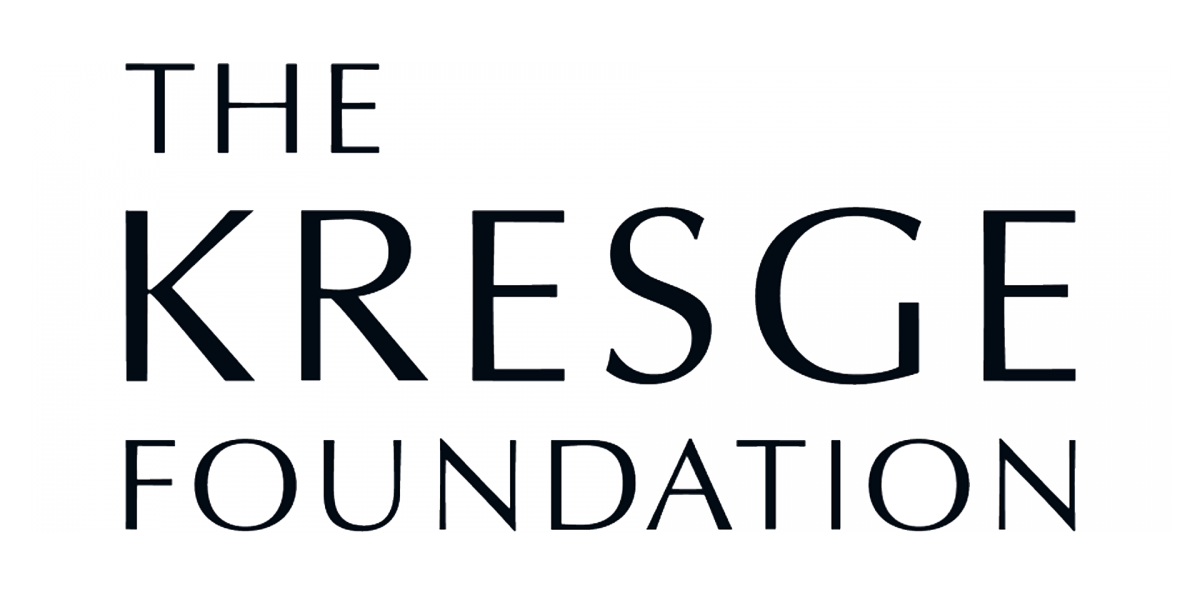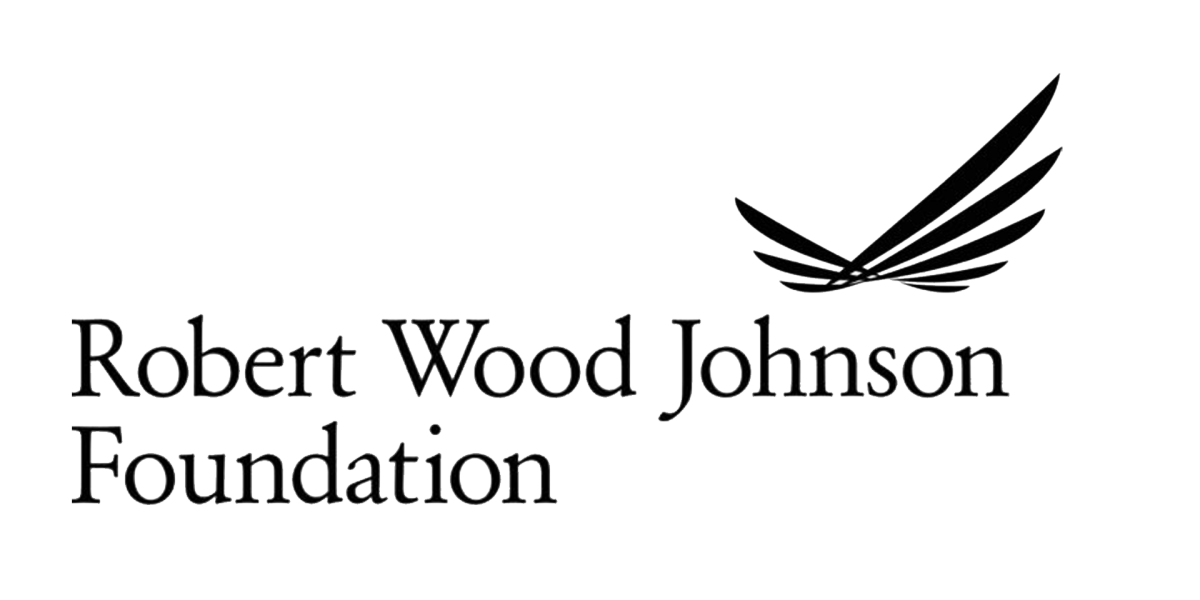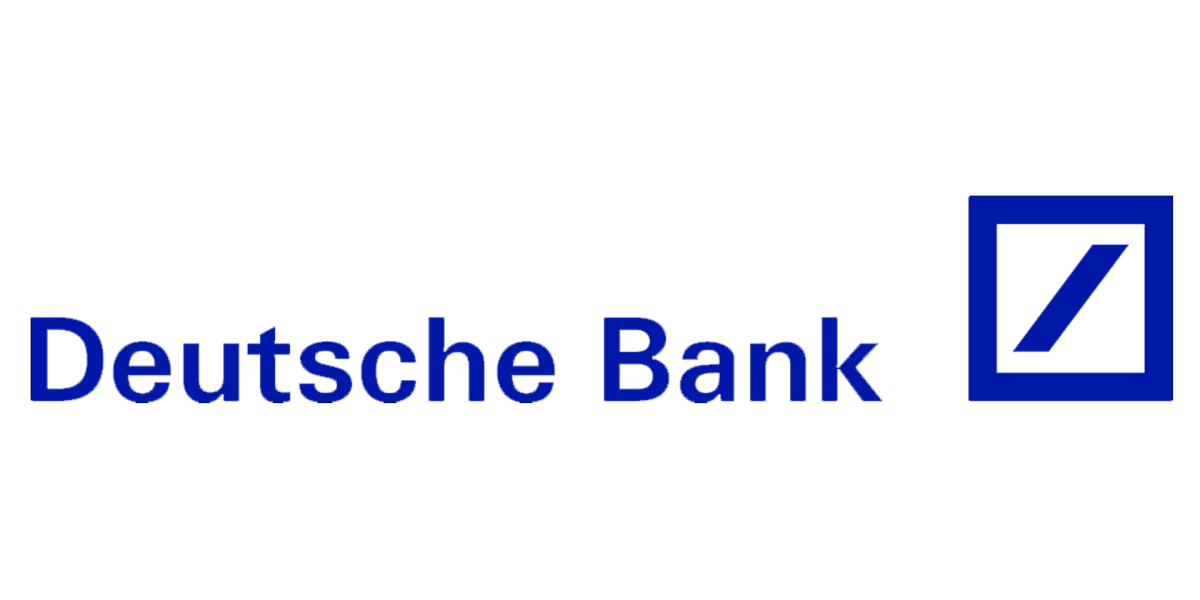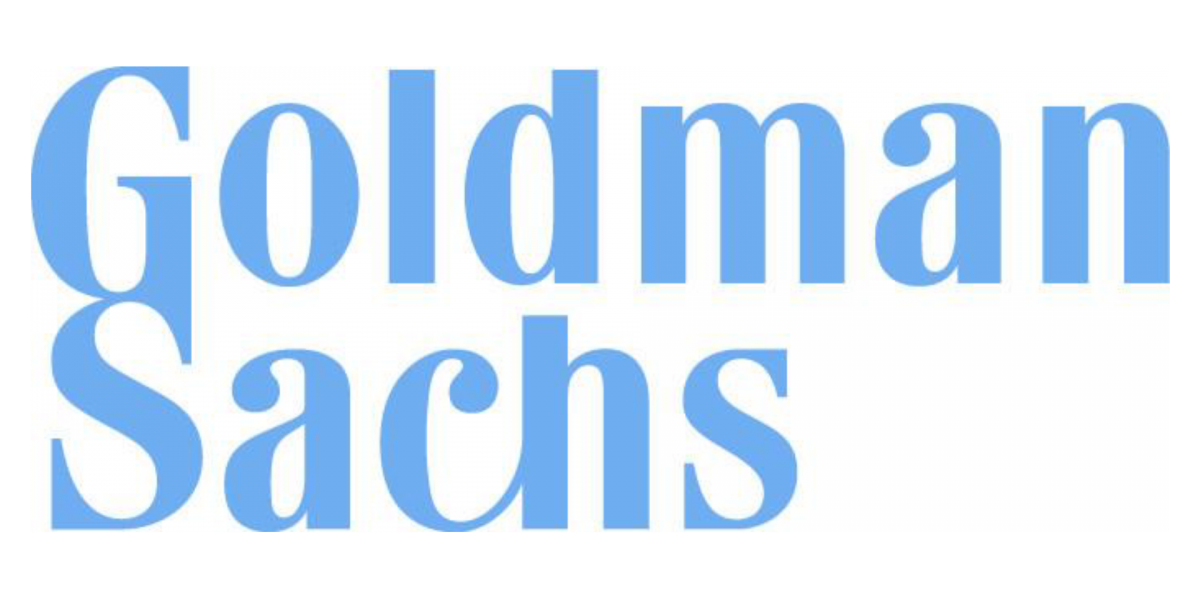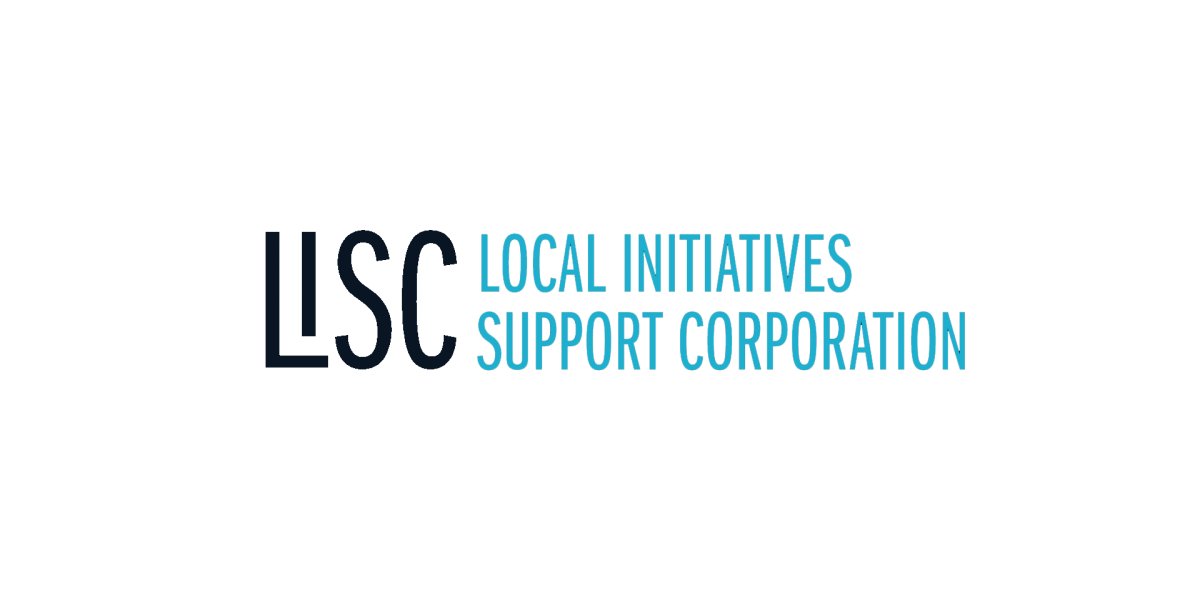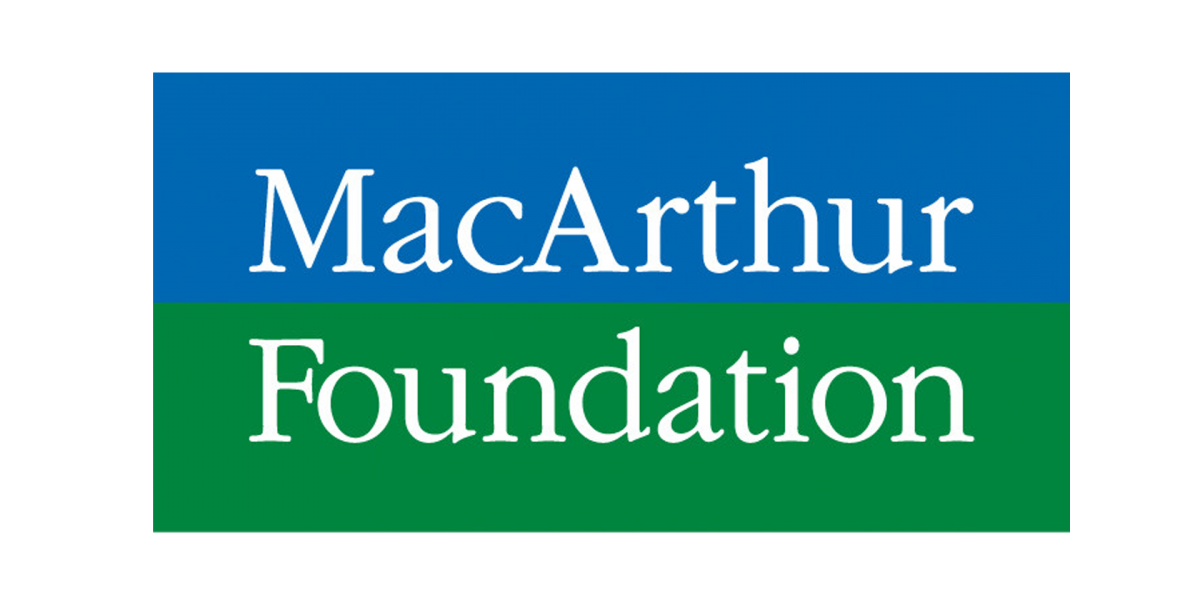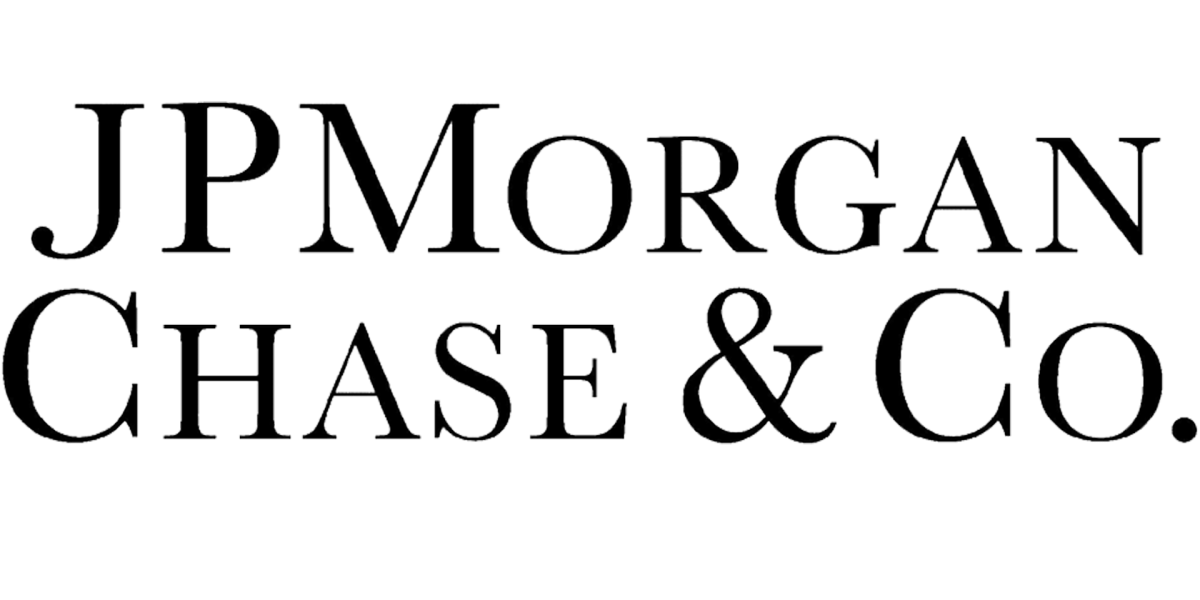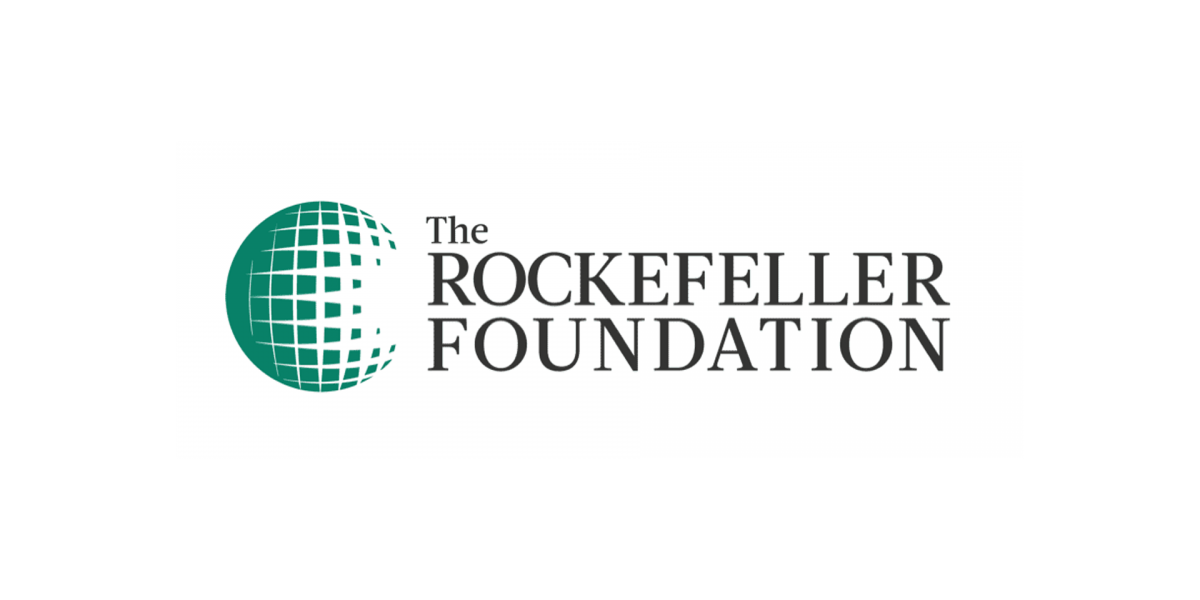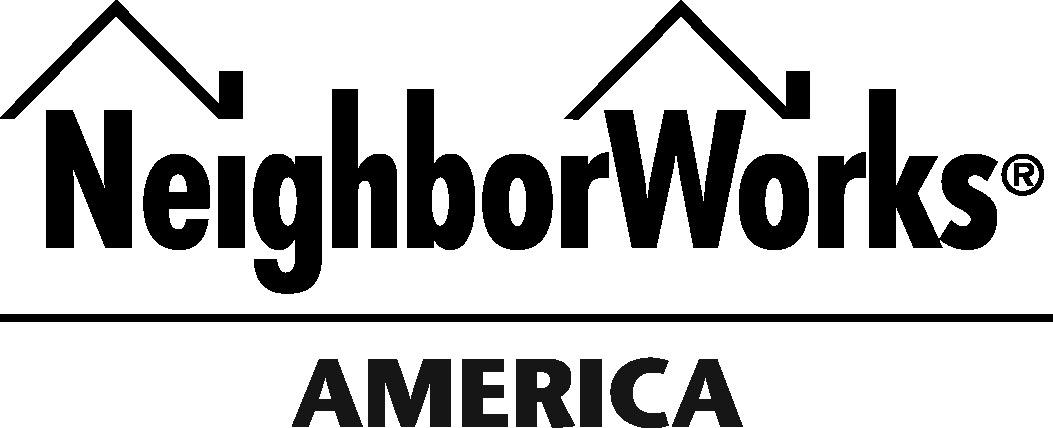Carsey School of Public Policy’s Center for Impact Finance Financial Innovations Roundtable (FIR), creates cross-sector partnerships among conventional and non-traditional lenders, investors, and markets to provide low-income communities with increased access to capital and financial services.
The Financial Innovations Roundtable (FIR) creates cross-sector partnerships among conventional and non-traditional lenders, investors, and markets to provide low-income communities with increased access to capital and financial services. FIR is not only a think tank, it is a “think-do” tank. Some of the most successful ideas developed at the FIR have been implemented, resulting in new tools, policies, and practices. These innovations have resulted in millions of dollars being directed into investments in affordable housing, small and minority businesses, community facilities, and other community development efforts.
The FIR holds an annual meeting. Since 2014, the annual meeting has been hosted by the Federal Reserve Board of Governors. Read past roundtable summary reports
How CDFIs Support Communities
Learn More
The Financial Innovations Roundtable is an action-driven, implementation focused policy-level initiative, comprised of highly respected financial leaders who work and collaborate on the defined tools and needed resources to implement a scale solution for the community development finance field. FIR participants, represent a powerful assemblage of finance professionals and non-profit leaders from a diverse range of institutions—including banks, credit unions, insurance companies, investment firms, public agencies, ratings agencies, community development financial institutions (CDFIs), foundations, pension funds, religious institutions, and universities.
The full FIR group convenes annually to participate in work sessions to address financial needs in low-income communities and vet potential financial tools for the CDC / CDFI community as well as define specific policy issues that open up sources of financing and improve financial performance in the community development field. Each year 1-2 projects are advanced by the FIR.
- Identifies the immediate financial challenges, redundant costs and scale shortfalls inherent in a network of community development organizations and creates cross-sector partnerships to develop practical solutions.
- Drills down to one or two identifiable initiatives and research activities, working to remove the barriers between conventional and non-traditional lenders, investors, and markets, and
- Within a 12-18 month framework, begins to create products and services that provide low-income communities with a scalable, transparent and replicable process for increased access to capital and financial services.
- Advancing Clean Energy Equity
22nd Annual Financial Innovations Roundtable
June 16-17, 2022 - Expanding the Field of Climate Finance
20th Annual Financial Innovations Roundtable
November 16-17, 2020 - Aligning Capital, Training, and Economic Mobility
19th Annual Financial Innovations Roundtable
April 24-25, 2019 - Financial Innovations to Improve Economic Resiliency in Rural Communities
18th Annual Financial Innovations Roundtable
March 8-9, 2018 - Donor Advised Funds as Investors in US Community Development
17th Annual Financial Innovations Roundtable
March 9 - 10, 2017 - Linking Impact Investing Dollars with On-the-Ground Community Development
16th Annual Financial Innovations Roundtable
March 23 - 24, 2016 - Innovations in Small Business Lending
15th Annual Financial Innovations Roundtable
March 19 - 20, 2015 - Health-Related Community Investing
14th Annual Financial Innovations Roundtable
March 24 - 25, 2014 - Measuring CDFI Impact and Performance
13th Annual Financial Innovations Roundtable
April 25 - 26, 2013 - Increasing Impact and Efficiency Throught Networks and Collaboration
12th Annual Financial Innovations Roundtable
March 20 - 21, 2012



